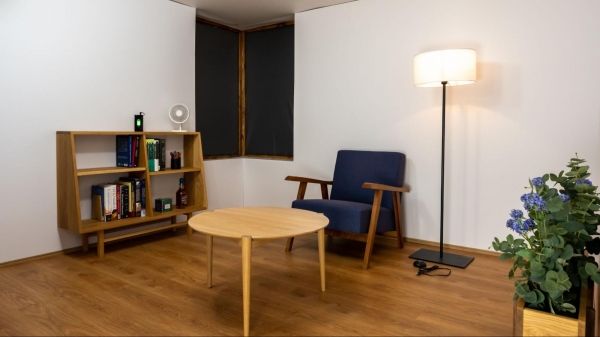In a move that could one day free the world’s countertops from their snarl of charging cords, researchers at the University of Michigan and University of Tokyo have developed a system to safely deliver electricity over the air, potentially turning entire buildings into wireless charging zones.
Detailed in a new study published in Nature Electronics, the technology can deliver 50 watts of power using magnetic fields.
Study author Alanson Sample, U-M professor of computer science and engineering, says that in addition to untethering phones and laptops, the technology could also power implanted medical devices and open new possibilities for mobile robotics in homes and manufacturing facilities. The team is also working on implementing the system in spaces that are smaller than room-size, for example a toolbox that charges tools placed inside it.
“This really ups the power of the ubiquitous computing world—you could put a computer in anything without ever having to worry about charging or plugging in,” Sample said. “There are a lot of clinical applications as well; today’s heart implants, for example, require a wire that runs from the pump through the body to an external power supply. This could eliminate that, reducing the risk of infection and improving patients’ quality of life.”
Read more at University of Michigan
Image: The finished charging room, located at The University of Tokyo. (Image credit: The University of Tokyo)


